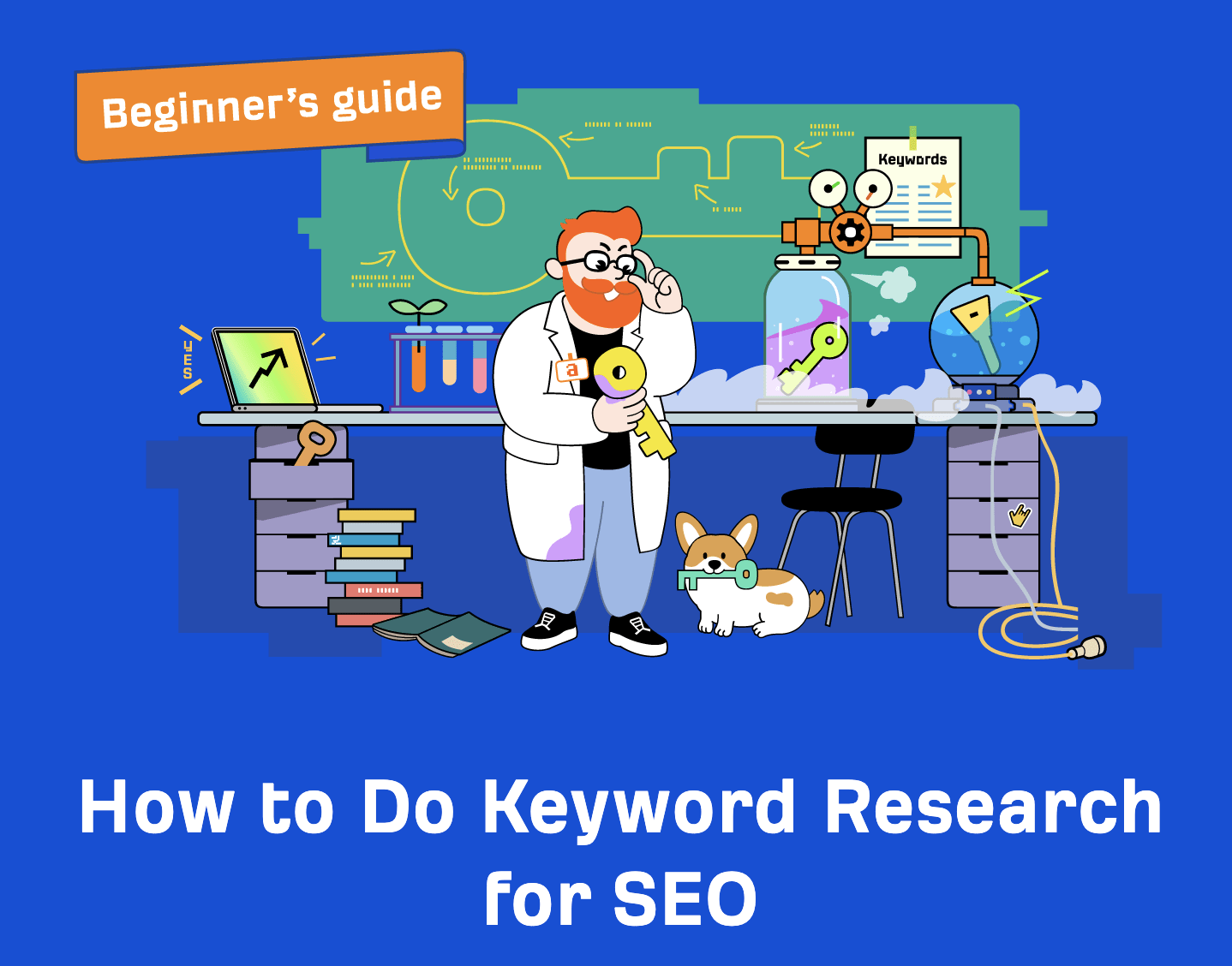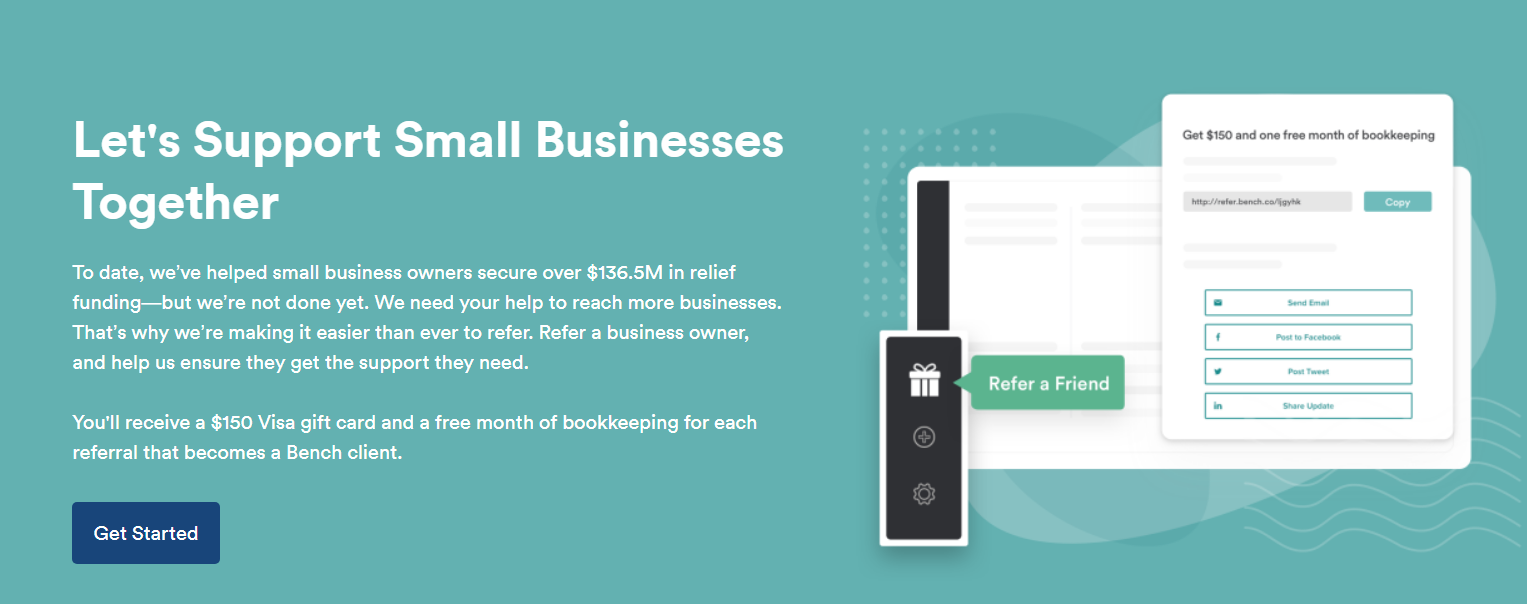Put your growth on autopilot
GrowSurf is modern referral program software that helps product and marketing teams launch an in-product customer referral program in days, not weeks. Start your free trial today.
The Liking Principle, the third in our series exploring Dr Robert Cialdini's Principles of Persuasion in marketing. The Liking Principle is based on simple human psychology. We, in general, like to hang out with, spend time with and mimic people that we like. We also like people who help us towards a common goal or purpose. According to Psychology Today, the liking principle states that "we most prefer to say yes to the requests of people we know and like." Making use of this in a marketing campaign allows savvy marketers to gain the upper hand over their competition.
Putting it simply, as a marketer you are far more likely to be able to persuade people to take interest in your product, service or cause if they like you. We want to be marketed to by people that we like or want to be like. This principle was first introduced in 1984, when Cialdini published his book Influence: The Psychology of Persuasion. As put by the man himself, "Persuasion science tells us that there are three important factors. We like people who are similar to us, we like people who pay us compliments, and we like people who cooperate with us towards mutual goals." The book has become a seminal work in the field of influence and persuasion, selling over 3 million copies and being translated into over 30 languages.
The principle itself is based on 5 different liking factors that contribute together and create the whole. When used together, the marketer is able to wield considerable influence over the potential customers and audience that they choose. According to Cialdini's research, the five key factors driving the liking principle are:
Naturally, you're reading this and immediately applying the theory to actual humans, possibly even your sales or marketing department. But this doesn't just apply on a human level, it also applies to your materials, your online presence, your branding and all of your public facing campaigns, as well as your current interactions with your clients. As the Axero blog states, "Since people we like persuade us easily, if your employees like you, they will be more likely to follow your lead. If your employees like each other, they will more likely to work together well." The liking principle extends beyond just marketing to customers.

The idea that "sex sells" is a common adage in marketing, but the role of physical attractiveness in persuasion goes beyond just sex appeal. As CrowdSpring explains, "Good looks imply other positive traits such as trustworthiness, honesty, good humor, and reliability." So while leveraging attractiveness can be effective, it's important to take a holistic marketing perspective that aligns with your brand values.
Think about your design approach for your website, marketing materials, emails, and other customer touchpoints. People want to have positive experiences in beautiful settings, so make your website beautiful, visually appealing, and easy to navigate. After all, your website is your virtual storefront - it's often the first impression many people have of your brand. A poorly designed or unattractive website can be damaging, as research from BCS found that up to 75% of a company's credibility is based on the attractiveness of their website. Attractive design signals quality and trustworthiness to users.
The digital marketing industry is awash with attractive designs that leverage the liking principle. Ahrefs, for instance, has invested in clear, concise and visually appealing headers and branding for their blogs and website. Their bearded mascot character with his "mad scientist" lab aesthetic and faithful Corgi companion create an instantly likable brand personality that users are drawn to interact with. As CrowdSpring notes, "We feel favorable toward things that are associated with things we like." Ahrefs' branding taps into this association principle effectively.

Many companies now build attractiveness into their actual products, on the basis that people will want to buy attractive products which will make them seemingly attractive too. The GoPro marketing strategy made great use of an attractive piece of kit but even more so in their own marketing materials. The materials, much of which was user-generated content showcasing adventurous activities, were incredibly beautiful and awe-inspiring visuals that tapped into the liking principle through association. As Axero explains, "The association between something you know you already like and another item causes you to automatically feel more positive towards the new item." GoPro's visuals associated their cameras with exciting experiences people aspire to, making the products more likable.
Masters of design, Apple, worked hard on the user experience for those entering their site. They make the content and application of said content on their website a genuinely enjoyable experience. It’s easy to find yourself wandering around the website just enjoying the ambiance. It feels like you’re holding one of their products. It’s seamless and relevant page design such as this that leads to happy customers, and happy customers leads to a happy sales department.
There's a reason why on dating sites and even job interviews there are sections for people to describe what they like doing and their interests. People like people who are similar to them - we're drawn to others who share our values, backgrounds, and interests. We trust them more readily. The phrase "Opposites attract" couldn't be more wrong in this case. As Axero notes, "We like people who are similar to us (i.e., people who enjoy the same hobbies, have comparable personalities, or come from the same type of background.)" Highlighting similarities is key for building rapport and trust.
The key to developing similarity and liking is to connect with your audience on a human level - talk to them in their language, understand their interests and backgrounds, and essentially relate to them as people rather than marketing to faceless consumers. As CrowdSpring advises, "We like people who are similar to us, who pay us compliments, and who cooperate with us towards mutual goals." No one likes to be marketed to by a faceless, impersonal corporate entity. Building real connections through authentic similarity is key.
Digital marketing leaders HubSpot, when carrying out their Ultimate List of Marketing Statistics for 2021, found that businesses and companies who use the first person plural (us, we, our) were 10 times more likely to gather conversions due to the increased sense of fellowship and togetherness with their clients.
In a digital sense, one of the easiest ways to promote similarity is through an engaging "About Us" page that highlights the people behind the brand. This is the section customers will navigate to when they want to connect on a human level and find out more about who you are as people. They likely aren't just looking for dry corporate history or sales stats - they want to see the personalities, backgrounds, interests and values that make up your team. The same principle applies to customer support interactions. As Axero explains, "We want to know who we're dealing with, rather than thinking that we're talking to another call center drone who isn't actually connected to the company at all." Showcasing your human side builds crucial similarity and liking.
Compliments don't necessarily mean finding your customers one-on-one and telling them you like their hair. Rather, it's about creating opportunities for genuine praise and positive reinforcement, especially through highly visible interactions on social media. Many brands now leverage social platforms to connect with customers on a personal level that was previously unachievable. A customer can casually tweet about a product, and have the actual creator or company representative personally respond with a compliment or words of appreciation. As CrowdSpring notes, "We like those who give us praise because receiving it makes us happy." These small interactions create a great sense of validation and even "starstruckness" that builds strong positive associations with the brand.
These interactions are the time to really cement and find your company voice. There are plenty of opportunities for humour, banter and positivity, in fact some brands have made their whole social media voice exclusively around sarcasm and wit.

As a business, compliments can be as simple as a sincere thank you - thanking customers for visiting your site, making a purchase, or their continued loyalty. There are many opportunities to express authentic appreciation, and each one helps reinforce positive feelings. Taking it a step further, you could host customer appreciation events or promotions, like offering exclusive discounts or hosting online meetups for your biggest fans. As Axero advises, "Compliments, including praise for a job well-done, elicit a positive reaction in us." These small gestures of recognition go a long way in fostering liking and goodwill.
Don't forget to interact with and appreciate your existing customer base as well. One of the greatest compliments you can pay is to request that loyal customers become "flagship" case studies that you can showcase. They already like you from their positive experience, so being featured and celebrated on your website and social channels will be seen as a huge honor. As CrowdSpring explains, "The recommendation of a friend or an endorsement of a celebrity we like tends to influence us to buy a product." These customer spotlights not only delight your advocates, but provide powerful social proof that personalizes the buying experience for prospects.
We're drawn to people and brands that share our values and work towards common goals that we care about. These mutual points of view allow us to connect on a deeper, more personal level and forge stronger relationships. As CrowdSpring notes, "We feel more positive towards those with whom we work closely." The most effective marketing campaigns tap into this by going beyond just pushing a product - they align with a greater purpose that resonates with their audience. Purpose-driven marketing that rallies people around shared beliefs enables brands to form authentic connections rather than just transactional purchases.
A great example of purpose-driven marketing is visible with Bench Accounting's campaign focused on helping small businesses get support during the pandemic. They successfully secured over $136.5 million in funding for a cause that resonated deeply with their audience of small business owners who were struggling. As Axero explains, "We like brands who work with us towards common goals. These mutual points of view allow us to connect on a personal level and forge deeper relationships with companies." Bench understood that people are more likely to support brands that authentically care about making a positive impact beyond just profits.

The principle of conditioning and association states that if we see something we already like associated with another thing, we tend to develop positive feelings towards that new thing as well through mental association. In marketing, this is leveraged through tactics like celebrity endorsements, influencer promotions, and product placement. The concept is rooted in basic psychology, as satirized in the classic Family Guy scene where a cavemanlusts after the wheel because an attractive woman is standing near it: "Hot lady stand by wheel. Me want wheel. Maybe if I buy wheel I get hot lady too." While exaggerated for comedic effect, it illustrates how our minds automatically make positive associations between things we desire and things in close proximity.
FitBit was able to leverage the conditioning and association principle through strategic partnerships linked to positive causes like their FitForFood campaign with Feeding America. By encouraging users to burn calories that provided meals for children in need, they associated their brand with making an impactful difference. They further amplified this by having comedian Joel McHale, who had over 3 million followers at the time, serve as the face of the campaign. As Axero notes, "If you see your favorite football player drinking Aquafina water on the sidelines, you're more likely to choose Aquafina brand water when you head to the concession stand." By associating FitBit with a beloved celebrity as well as a worthy cause, they were able to significantly boost likeability and appeal.
Not only that, FitBit partnered with Blue Cross Blue Shield to allow 60 million people in its health and wellness program access to FitBit products. This seemingly generous act associated the brand with the trusted health insurer and its mission of promoting wellness. As CrowdSpring explains, "The association between something you know you already like and another item causes you to automatically feel more positive towards the new item." By aligning with Blue Cross Blue Shield's positive brand reputation and health-focused values, FitBit was able to significantly boost its own likeability through this partnership.
In today's often impersonal digital landscape where brands can come across as faceless corporations, there is a huge opportunity for companies to leverage the Liking Principle to build real human connections with their audiences. By making use of the strategies outlined here - showcasing attractive and enjoyable brand experiences, highlighting similarities with customers, giving authentic compliments and recognition, cooperating towards shared goals, and creating positive associations - brands can foster genuine likeability. As Axero summarizes, "If your employees like you, they will be more likely to follow your lead. If your employees like each other, they will more likely to work together well." The same applies to customer relationships - if your audience likes your brand, you're far more likely to have a dedicated, loyal customer base that resonates with your purpose.
Read more about the 7 Principles of Persuasion:

GrowSurf is modern referral program software that helps product and marketing teams launch an in-product customer referral program in days, not weeks. Start your free trial today.
GoPro has become a household name in the camera industry, but how did a tiny device manage to revolutionise an entire industry, and be worth over $1 billion?
Fitbit revolutionized a new industry of wearable tech, but how did they manage to get to their $9.7B valuation? Let's deep dive the Fitbit marketing strategy:
A customer referral page is a great way to encourage the people who use your product or service to tell their friends and family about it. It's a win-win situation for both you and your customers: someone gets a fantastic deal while you get more business from new customers! This blog post will teach you how to create the perfect referral page, step-by-step, with examples.